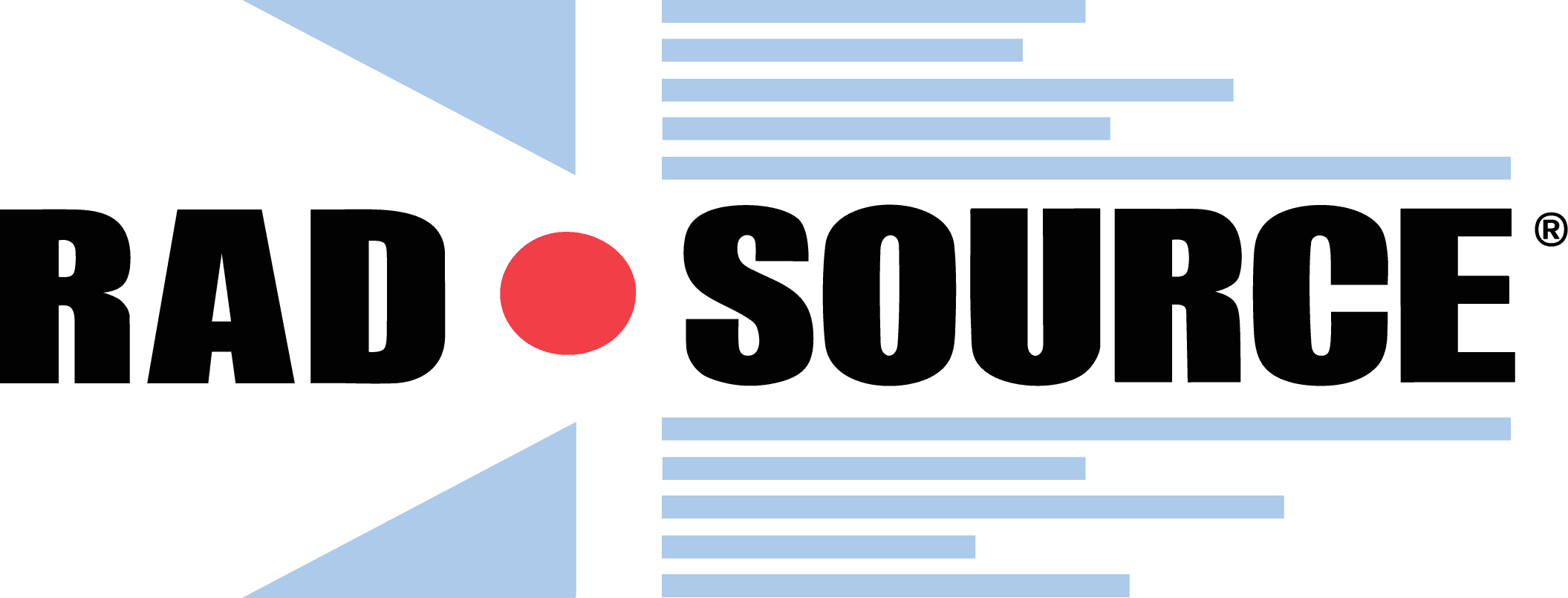Mahmoud BS, Coastal Research & Extension Center, Mississippi State University, Pascagoula, 39567, USA. bm547@msstate.edu
Abstract:
The purpose of this investigation was to study the inactivation effect of X-ray treatments on inoculated Vibrio vulnificus in pure culture, half shell and whole shell oysters to achieve a 5.0 log reduction, which is recommended by the Interstate Shellfish Sanitation Conference and the Food and Drug Administration. A mixed culture of three V. vulnificus strains was used to prepare the pure culture and inoculated oysters. The pure culture and inoculated oysters were treated with 0.0, 0.1, 0.5, 0.75, 1.0, 1.5, 2.0, and 3.0 kGy X-ray at 22 degrees C and 50-60% relative humidity. Surviving bacterial populations in the pure culture and inoculated oysters were enumerated using overlay-plating method [with a non-selective media (trypticase soy agar) followed by a selective medium (Modified Cellobiose-Polymyxin B-Colistin) and most probable number (MPN) method. Greater than a 6-log reduction of V. vulnificus was achieved with 0.75, 1.0 3.0 kGy X-ray in pure culture, half shell and whole shell oysters, respectively. Treatment with 0.75 kGy X-ray significantly (p<0.05) reduced the inherent microorganisms in half shell oysters, to less than the detectable limit (<1 log CFU/g). The maximum dose (3.0 kGy) of X-ray treatment did not affect the survivability of live oysters.
Citation:
Mahmoud, B., 2009. Reduction of Vibrio vulnificus in pure culture, half shell, and whole shell oysters (Crassostrea virginica) by X-ray. International Journal of Food Microbiology 130, 135-139.
Website:
https://dx.doi.org/10.1016/j.ijfoodmicro.2009.01.023

